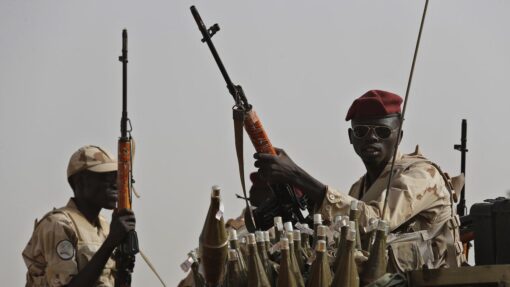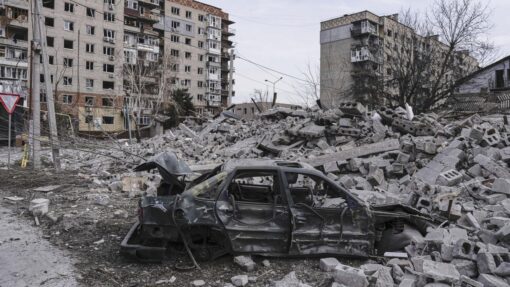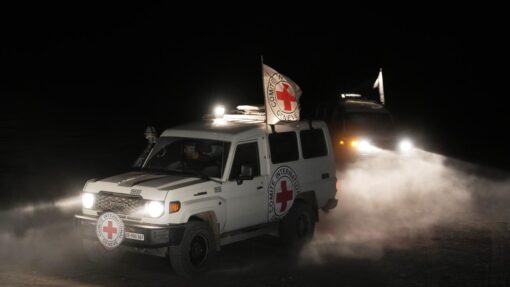Azerbaijan attacks Nagorno-Karabakh Armenian forces
|
Azerbaijan’s forces have opened fire on Armenian positions in the Nagorno-Karabakh region in what it calls an “anti-terrorist operation”.
Ethnic Armenian officials reported at least two civilians were killed and 23 wounded amid heavy artillery fire around the region’s capital.
Azerbaijan’s authorities also accused Armenian forces of killing a civilian, which brought the civilian death toll of Tuesday’s hostilities to at least three.
The Azerbaijani defence ministry announced the start of the operation hours after four soldiers and two civilians died in landmine explosions in the Nagorno-Karabakh region.
The reports raised concerns that a full-scale war over the region could resume between Azerbaijan and Armenia, which fought heavily for six weeks in 2020.
The ministry did not immediately give details but said front-line positions and military assets of Armenia’s armed forces were being “incapacitated using high-precision weapons” and that only legitimate military targets were attacked.
Armenia’s Foreign Ministry, however, denied that the country’s weapons or troops were present in Nagorno-Karabakh and called “all rumours” about sabotage and planting landmines in the region “a lie and fabricated”.
Ethnic Armenian officials in Nagorno-Karabakh said in a statement that the region’s capital Stepanakert and other villages were “under intense shelling”.
Nagorno-Karabakh human rights ombudsman Geghan Stepanyan said two people were killed in the firing – including one child – and 23 were wounded.
At least eight of those injured also are children, according to Stepanyan.
The Azerbaijani Prosecutor General’s Office said Tuesday that Armenian forces fired at Shusha, a well-known city in Nagorno-Karabakh under Azerbaijan’s control, from large-caliber weapons, and one civilian was killed there as a result.
Although Azerbaijan said the operation was limited to military targets, the defence ministry said that “humanitarian corridors” had been created to allow people to leave “the danger zone”.
AP


